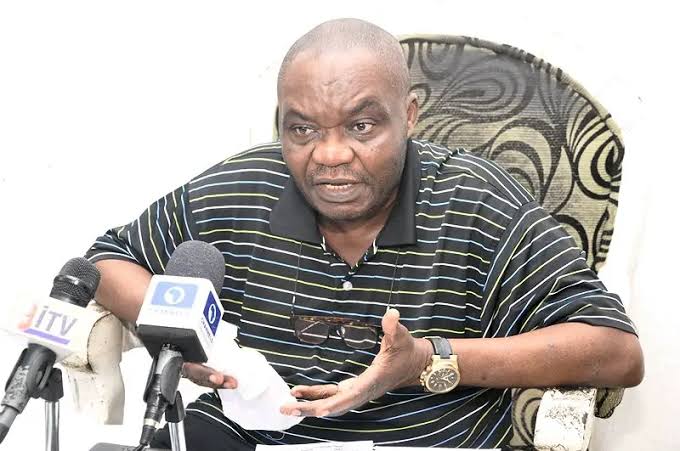In a bid to improve treatment for Parkinson’s disease, Nigerian-born researcher Cynthia Eluagu is impacting the field of neuromodulation. Alongside leading professors in a cutting-edge project at the University of Florida, Eluagu is helping to engineer next-generation neural-stimulation electrodes through the use of Electrochemical Impedance Spectroscopy (EIS), a powerful diagnostic tool poised to transform brain-device interactions.
The work is part of a $4.5 million initiative titled “Engineering the Hi-Fi Brain,” funded by the National Institutes of Health (NIH). The project aims to create high-fidelity electrodes capable of delivering smarter, safer, and more responsive brain stimulation, especially for patients living with Parkinson’s disease, a progressive neurological disorder affecting more than 10 million people globally.
According to projections from the Parkinson’s Foundation and Precision Medicine, the global burden of Parkinson’s could more than double to 25.2 million cases by 2050, fueled by aging populations and increasing life expectancy. Despite the prevalence of deep brain stimulation (DBS) therapies, conventional implants still suffer from limitations such as rigid programming and imprecise signal targeting.
“There’s an urgent need for neuromodulation systems that can adjust dynamically to the brain’s evolving state. EIS gives us that capability, it’s like giving the brain a voice,” she said.
Eluagu, a doctoral researcher in chemical engineering and a First-Class graduate of the Federal University of Technology, Owerri, Nigeria, brings her expertise in electrochemical modeling to bear on this complex challenge. Through EIS, she is helping decode how implanted electrodes interact with brain tissue over time, allowing for more adaptive and personalised treatments.
“EIS has opened a window into the invisible. It allows us to see how the electrode behaves inside the body, how it interacts with tissue, how it changes over time, and how those changes affect stimulation,” she said.
Her research focuses on developing a model to accurately extract critical electrode parameters, ensuring consistent signal quality, minimising side effects, and ultimately improving patient outcomes.
At the 2023 AIChE Annual Meeting in Orlando, Florida, Eluagu presented a paper titled “Electrochemical Impedance Characterisation of Microelectrodes in Phosphate-Buffered Saline: Optimisation of Neurostimulation Devices,” along with a poster on mass transfer effects in ultra-microelectrodes. Her contributions earned her a Women in Chemical Engineering (WIC) Travel Award, placing her among 25 awardees from institutions including Princeton, Harvard, and Cornell.
Her work is helping to push forward the project’s central vision: a new class of brain implants that don’t just send signals, but also listen. EIS enables real-time monitoring of inflammation, tissue response, and electrode integrity without invasive procedures, establishing a feedback loop that could drastically reduce calibration times and surgical risks.
Although the research is based in America. Eluagu’s motivations are global. She speaks passionately about her goal to see these advanced systems become accessible in regions with limited neurological care infrastructure.
“Coming from a country where neurological care is often out of reach, it’s incredibly meaningful to contribute to solutions that could one day be affordable, reliable, and accessible across continents,” she said.
By merging electrochemical insights with precision engineering, Eluagu and her colleagues are charting a new course in neuromodulation. Their work has the potential to not only improve the lives of Parkinson’s patients but also establish a foundation for treating a broad range of neurological






